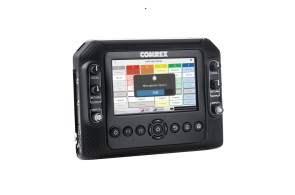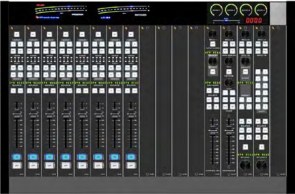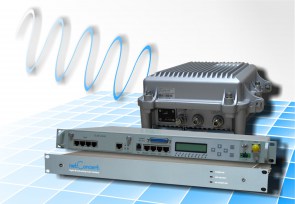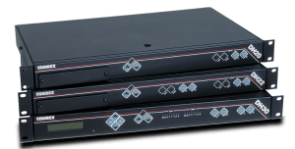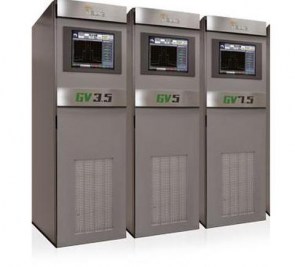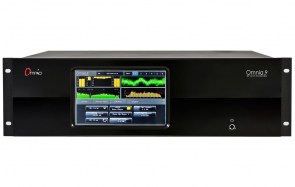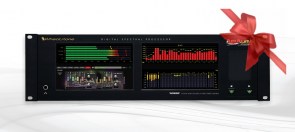- Home
- /
- Shop
- Error
-
- Empty slug product with id 1296, entries exists for language? en-GB You may contact the administrator
- Empty slug product with id 681, entries exists for language? en-GB You may contact the administrator
- Empty slug product with id 682, entries exists for language? en-GB You may contact the administrator
- Empty slug product with id 684, entries exists for language? en-GB You may contact the administrator
- Empty slug product with id 699, entries exists for language? en-GB You may contact the administrator
- Empty slug product with id 700, entries exists for language? en-GB You may contact the administrator
- Empty slug product with id 701, entries exists for language? en-GB You may contact the administrator
- Empty slug product with id 702, entries exists for language? en-GB You may contact the administrator
- Empty slug product with id 703, entries exists for language? en-GB You may contact the administrator
- Empty slug product with id 815, entries exists for language? en-GB You may contact the administrator
- Empty slug product with id 828, entries exists for language? en-GB You may contact the administrator
- Empty slug product with id 829, entries exists for language? en-GB You may contact the administrator
- Empty slug product with id 830, entries exists for language? en-GB You may contact the administrator
- Notice
-
- Category not found
Not Rated Yet
In Stock
Sales price without tax: $7,600.00
Not Rated Yet


Sales price without tax: $475.00
Not Rated Yet


Sales price without tax: $451.25

